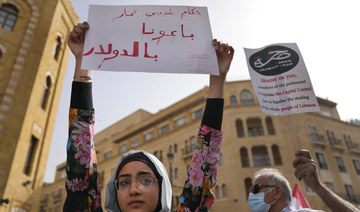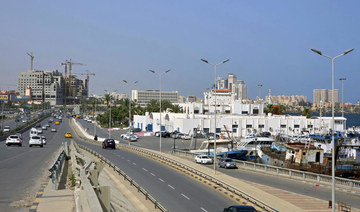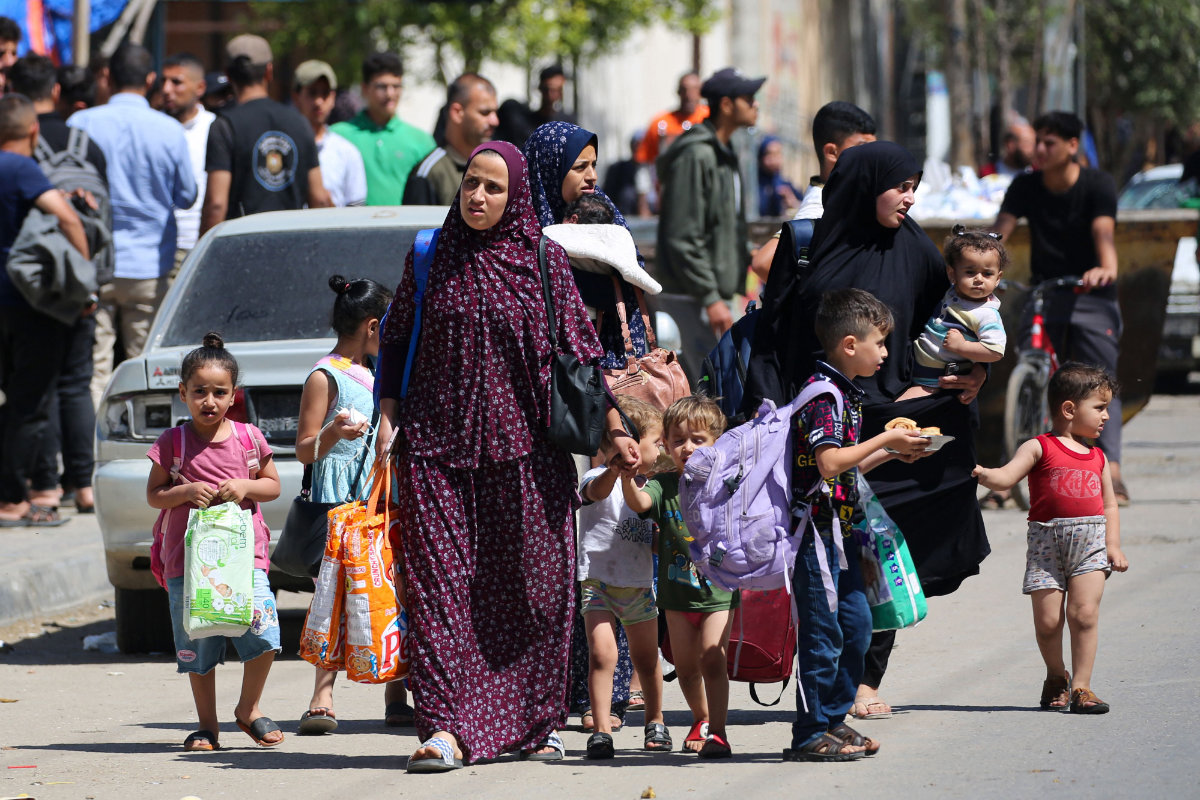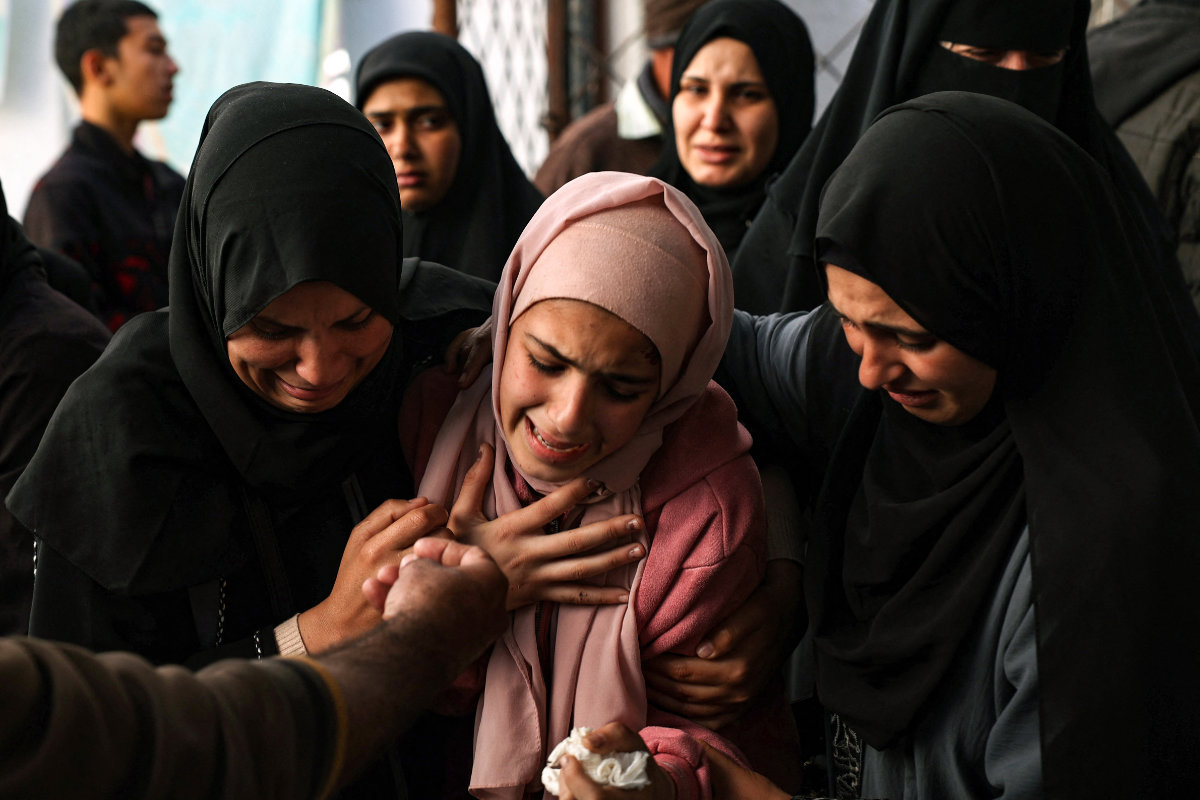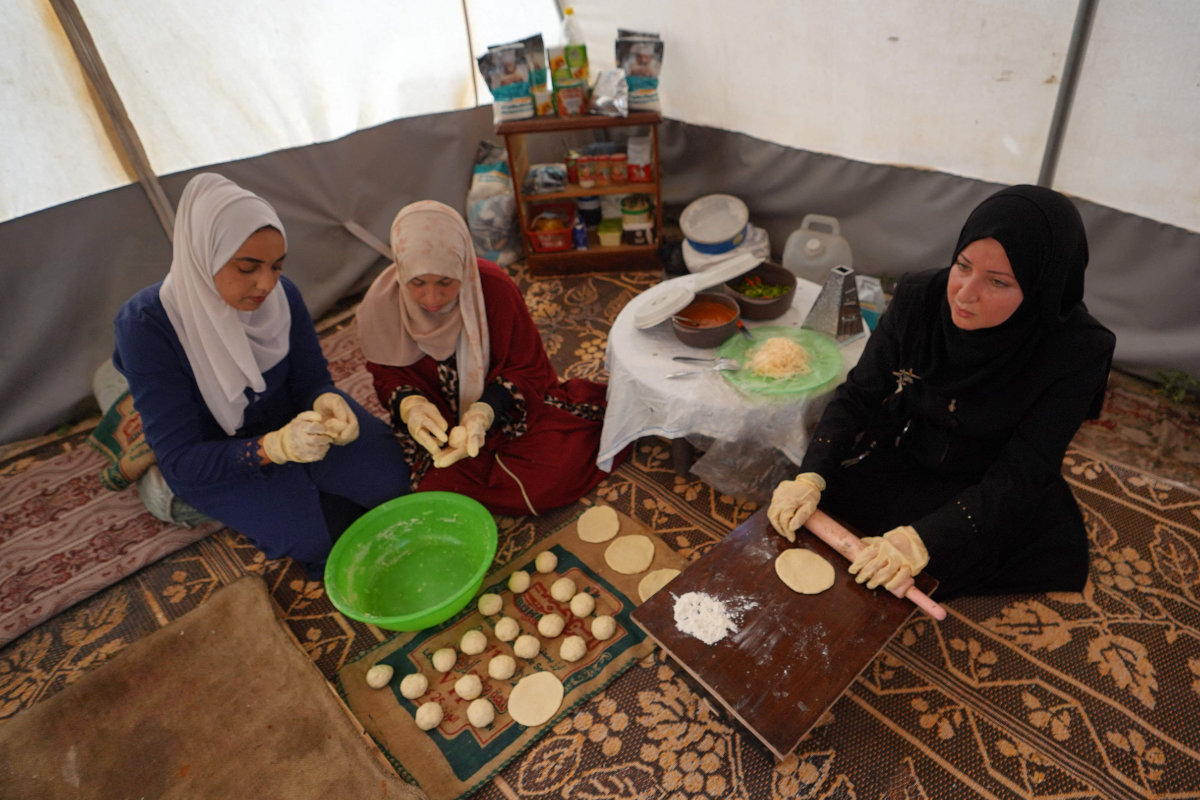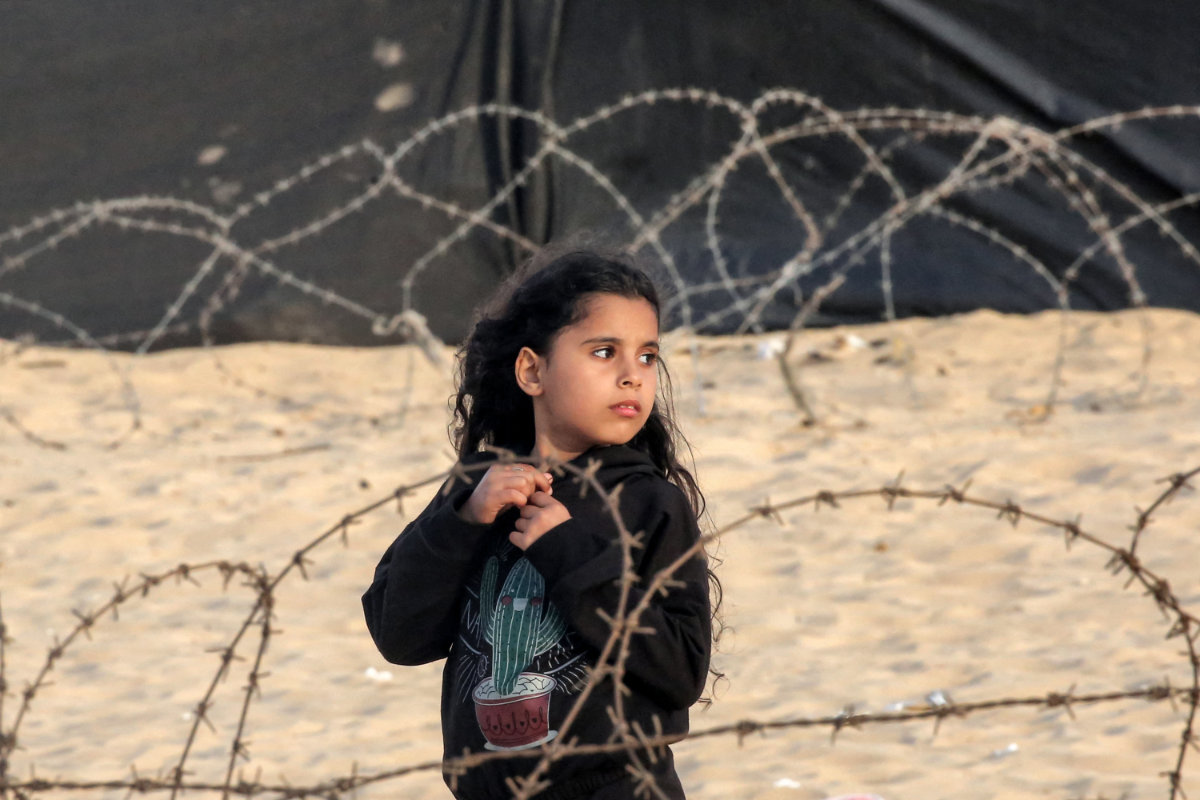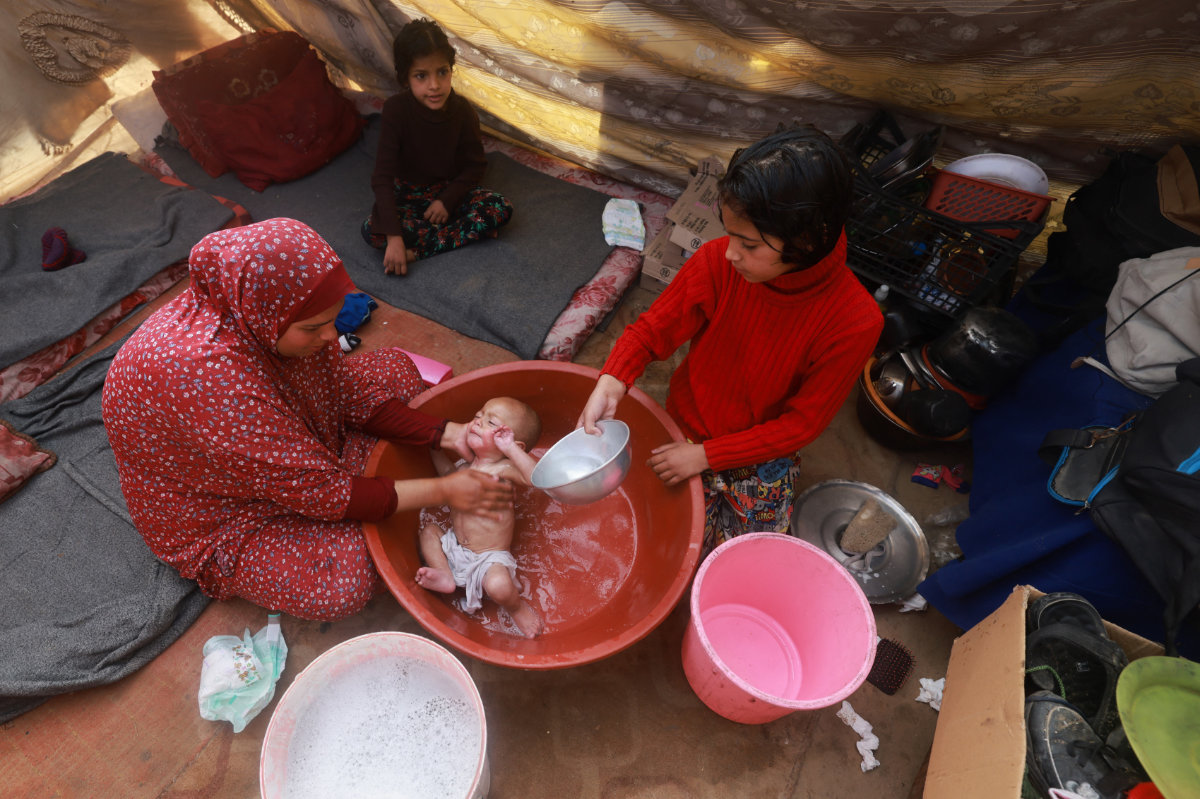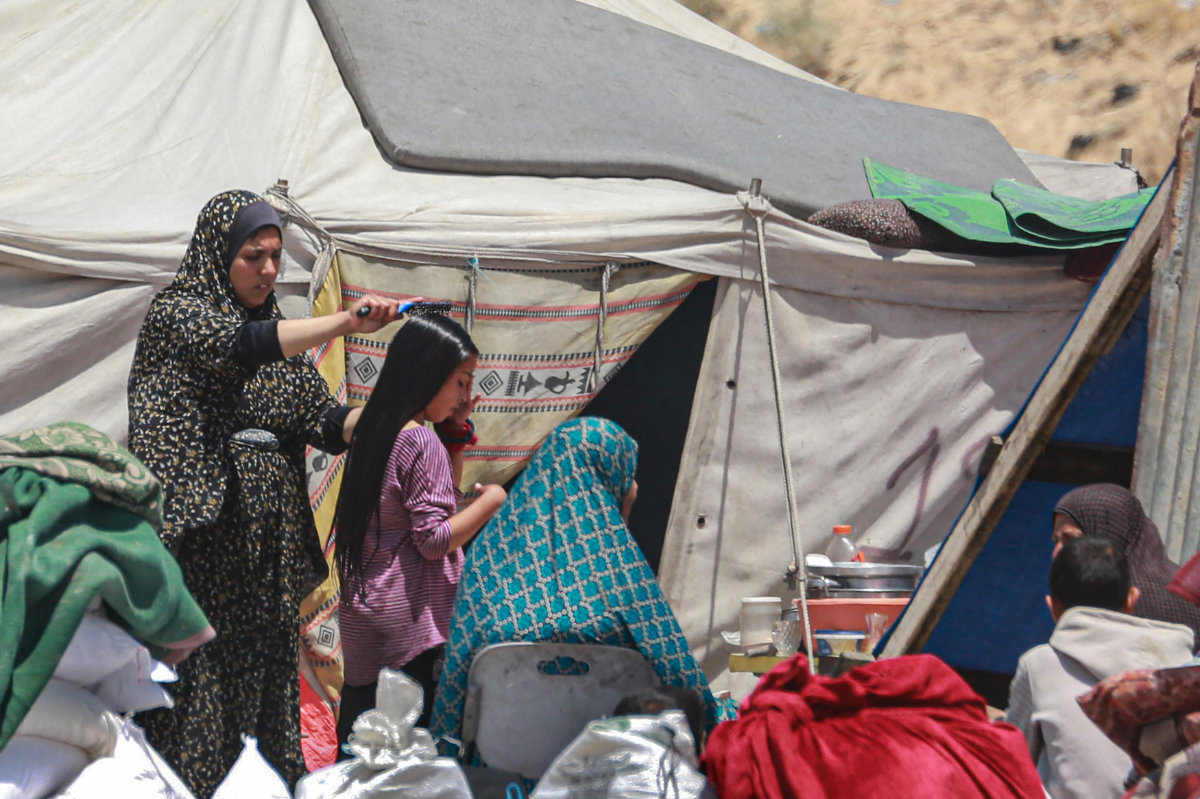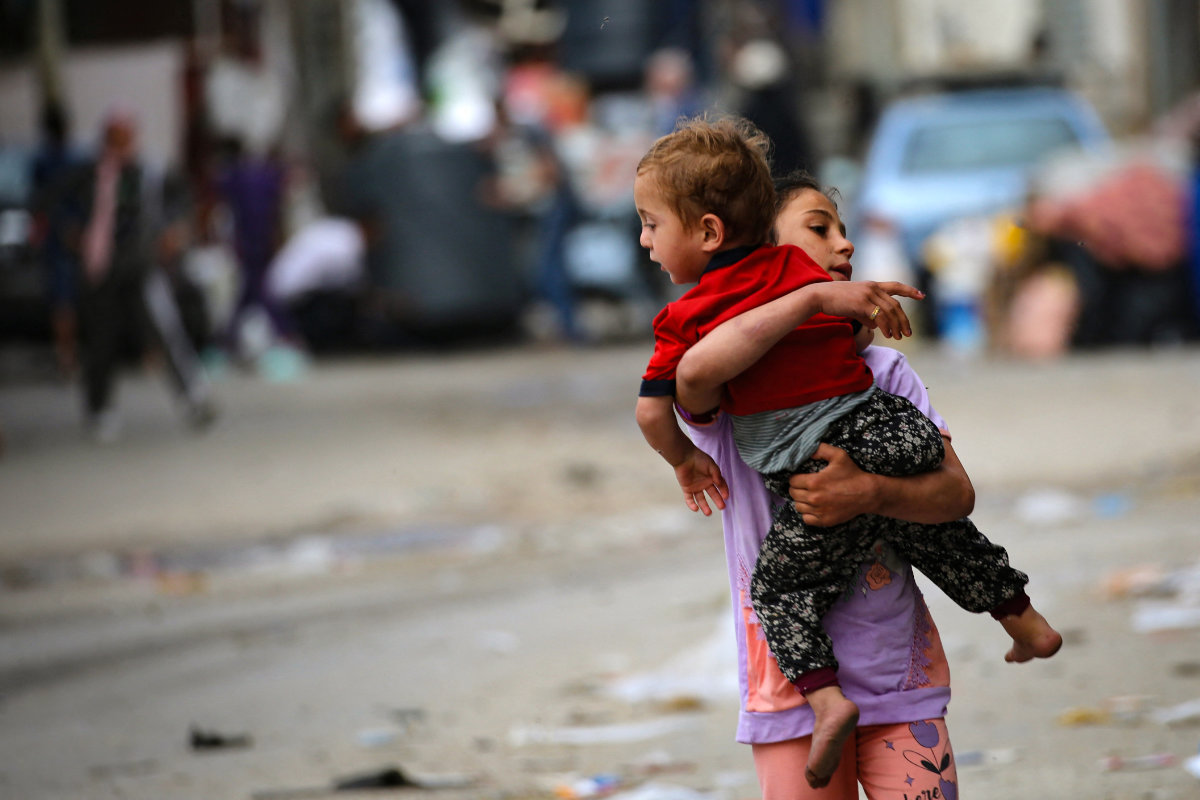BEIRUT: The latest unsavory incident linked to Lebanon’s energy crisis has only served to further highlight a country drowning in an economic mire that has turned into a social one.
The Lebanese Minister of Energy Walid Fayyad was recently confronted and jostled on a street in Beirut as a result of rising social tensions fueled after a boat packed with migrants capsized in Tripoli.
As a key figure in a failing ministry, legitimate questions are being asked as to whether Fayyad is part of the problem or can offer a potential solution. Whatever the answer, the major concern in the daily lives of Lebanese people today continues to be access to electricity.
Power supplies are currently available for around two to three hours each day and if fuel and dollars can be found, generators can help bridge the gap, a situation that further enhances the growing disparities on economic, financial, and social levels.
With no solution to the electricity shortage in sight, a crisis brought about by 15 years of ministry failure to tackle the issue, a lack of qualified management, high levels of corruption, and a shortage of fuel even in the underground economy, many people have turned to renewable energy, a move driven by need rather than environmental awareness.
A growing market
The increase in demand gave rise to a rapid rise in supply with solar energy companies, contractors, and individuals trying to capture a share in a growing market.
The Lebanese Center for Energy Conservation, the national energy agency for Lebanon, acts as the technical arm of the Ministry of Energy and Water.
With the market expansion, regulation is crucial. The LCEC is a reference point in the energy transition effort, focusing on developing energy efficiency strategies and renewable energy action plans to achieve energy security at decarbonized levels.
There is a trend to transition to sustainable and renewable energy as witnessed by the COP26 renewed commitments globally, the UAE’s strategy to achieve carbon neutrality, and as part of Saudi Arabia’s Vision 2030 reform plan in the region. In Lebanon, however, the country is shifting from no electricity to renewable energy.
The transition involves the private and public sectors equally. Last year witnessed the highest demand for photovoltaic systems, with smaller-capacity projects constituting most installations: 44,910 installations in the 0-100 kilowatts peak (kWp) range, which is 50 percent of total installed capacity by the end of 2020, relative to 19 percent of installations in the 800-1,000 kWp recorded for the same year.
Despite a reduction in installation prices, on a dollar to kWp basis, PV systems without storage capacity continue to be cheaper than PV systems with storage capacity.
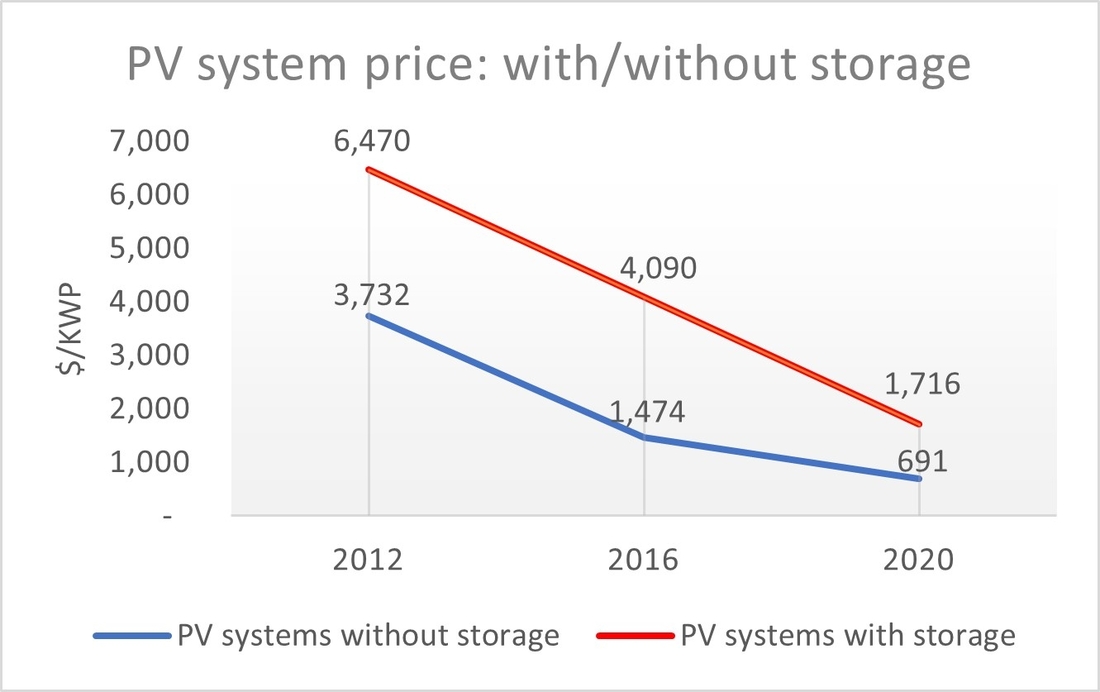
Source: LCEC
However, there has been an increase in the demand for PV systems with storage capacity driven by the need to ensure continuous energy supply. Over recent years, preferences shifted from cost saving toward investment in material: Panel type, inverters, and batteries.
FASTFACT
Choosing solar power

- Sizing: (On/off grid, hybrid), kWp, and the available area
- Material: Panel type, inverters, batteries, and warranty
- Contractor: Pre- and post-sale support
This exercise is an attempt to increase energy supply daily, and to cover the energy needs of days with lower sunlight, using batteries and solar-panel mechanisms capturing solar energy, for release based on demand.
The useful life of a solar panel can increase from 10 to 20 years or more based on the quality of equipment and regular maintenance.
For installations producing up to 1.5 megawatts (Mw) for personal use, obtaining a permit is not required, however health and safety requirements need to be met. The Ministry of Energy along with the Ministry of Interior set a mechanism to facilitate project implementation enabling market regulation in line with the applicable laws and encouraging the energy transition.
Challenges facing the rapid growth of renewable energy solutions
The last investment in power plants by the Lebanese government was in 1998, with a kilowatt hour (KwH) rate fixed based on $20 per barrel.
On financing, Jad Zeineddine, co-founder and head of sales at Matrix Power Network SAL, said: “Pre 2019, green loans were accessible to end users (residential, commercial, or industrial), with a payback period of four to five years.
“Today, financing schemes are no longer available for renewable energy projects, adding a burden to the end user. Projects are only made possible through cash payment.”
In addition to the financial crisis, the coronavirus pandemic has taken its toll on the energy sector by disrupting the global supply chain.
The global health crisis limited access to supply chain materials and components, which flooded the market with lower-quality solar panels, inverters, batteries, and other accessories, competing in the market on a price level, 10 percent to 30 percent cheaper than grade A products (certified, standard compliant, manufactured by tier one solar manufacturers). This created an uncontrolled quality of products on the market, competing with major engineering, procurement, and construction contractors.
The currency devaluation, starting in 2019, added to price fluctuations in raw materials, a situation Zeineddine said, “impacts the validity of offers, which leads to reduce the offer validity period, creating a pressure on the customer to make the investment decision in PV systems.”
The challenges on a micro level also translate into a fluctuation in manufacturing and shipping duration and costs.
“The shipping cost to Beirut is one of the highest in the region,” Zeineddine added.
Upon equipment arrival to Lebanon, the absence of a clear framework to the customs duties and taxes, pushes EPCs to add contingencies for these costs, at the risk of losing market share in an increasingly competitive environment.
On a macro level, the country lags in terms of infrastructure development, water, and energy supply. Today, market participants and regulatory bodies are trying to bridge the existing gaps.
“Renewable energy solutions are not temporary solutions, these are long-term investments, creating positive impact and our role as EPCs is to cater to our social responsibilities and help enhance people’s lives,” Zeineddine said.




